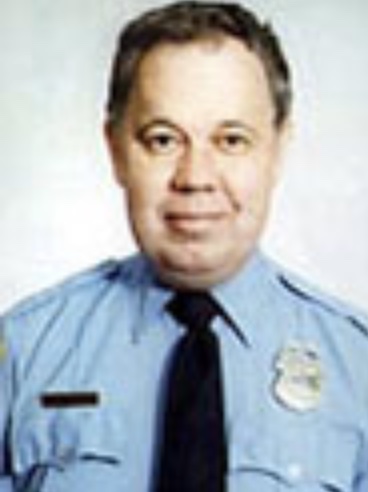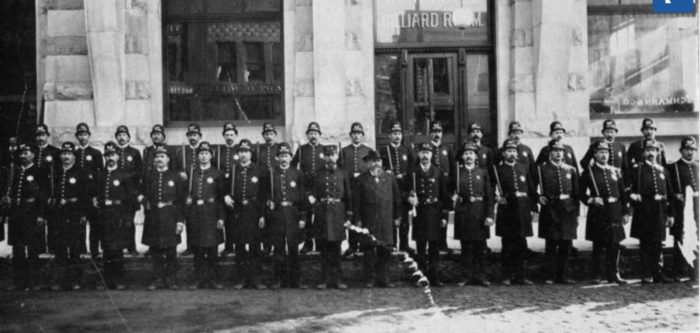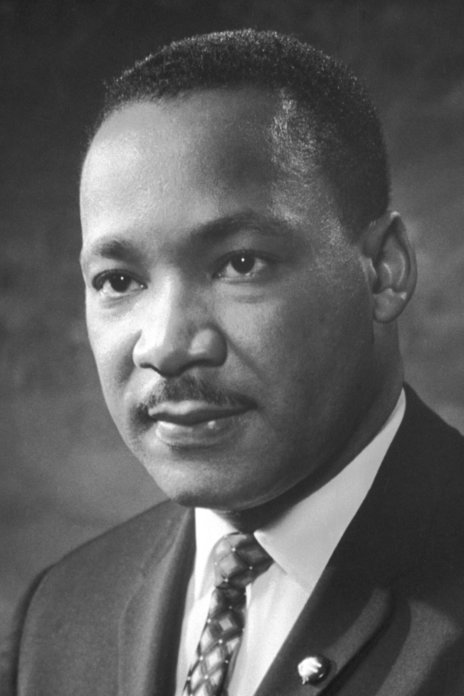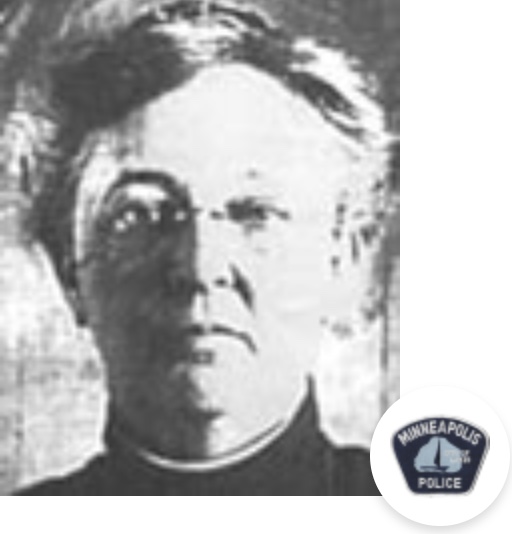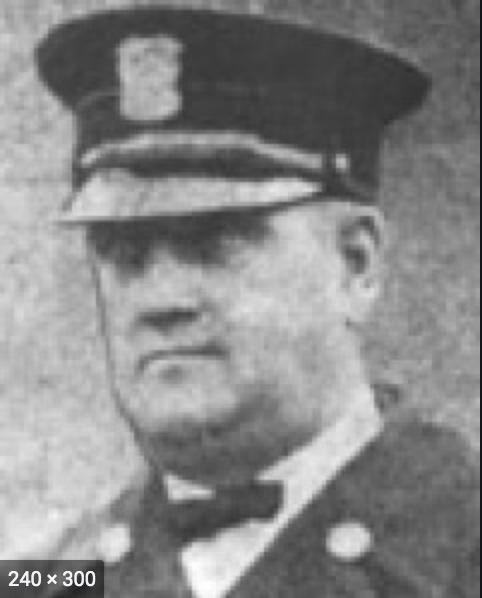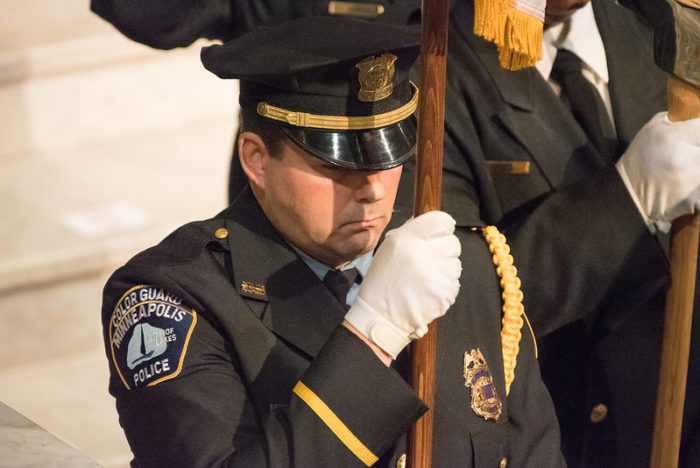Appointed – March 25, 1996
End of Watch – August 1, 2002
Officer Melissa Schmidt was shot and killed after she and her partner responded to a call shortly after 7:00 pm reporting a woman with a gun at the Horn Towers public housing complex.
Officer Schmidt questioned and searched the suspect who said that she needed to go to the bathroom. Officer Schmidt escorted the woman to the public restroom in the lobby of the building. While in the restroom, the suspect produced a handgun she had concealed within her body and opened fire, striking Officer Schmidt in the abdomen below her vest. Officer Schmidt was able to return fire. She fatally wounded the suspect and held her position until other officers arrived on the scene.
Officer Schmidt died after surgery at Hennepin County Medical Center later that night.
She was buried in her hometown of Bloomer, WI. More than 800 police officers and emergency workers from across America attended. More than 400 of them travelled by squad car and motorcycle from Minneapolis to pay their respects.
Officer Schmidt was a high school basketball star in Bloomer and worked as an EMT there after high school. She served with the United States Marine Corps in Iwakuni, Japan, in the U.S. Foreign Interests Section in Havana, Cuba, as a Marine Security Guard, and as an officer in the Bloomer Police Department.
Officer Schmidt served with the Minneapolis Police Department for six years and six months and was assigned to the Public Housing Unit. Before joining the Public Housing Unit, Officer Schmidt worked for two years with deaf and hearing-impaired people to help them understand how to protect themselves.
Officer Schmidt is survived by her parents, Steve and Carole Schmidt of Bloomer, and an older brother, Chris.
Photograph courtesy of ODMP
